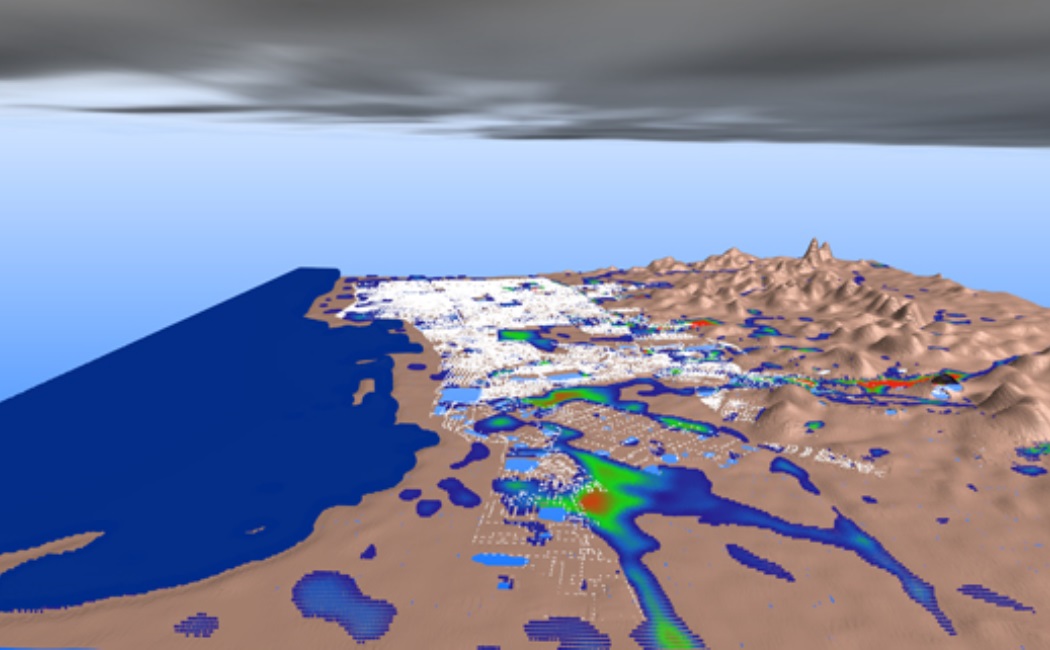


02 October, 2014
Prof. Ibrahim Hoteit and his team at KAUST are advancing high-resolution climate models to predict extreme weather and oceanic events. Their research was sparked by the 2009 Jeddah floods, where over 140mm of rain fell in eight hours, causing over 100 fatalities and $100M in damages. To improve forecasting, they combine satellite data, meteorological records, and computational modeling, reconstructing past events and enhancing prediction accuracy. Their simulations suggest that extreme rainfall events could be anticipated up to two days in advance, allowing for timely warnings.
Beyond rainfall modeling, the team is developing coupled ocean-atmosphere models to study Red Sea dynamics, focusing on seasonal circulation changes that affect marine ecosystems. Their research has revealed how the Red Sea's overturning circulation reverses seasonally, impacting nutrient availability for marine life. These insights are crucial for understanding long-term environmental trends and ecosystem health.
The predictive models also have industrial applications, particularly in collaboration with Saudi Aramco. Real-time ocean current simulations assist in identifying optimal drilling locations and mitigating risks such as oil spills. KAUST's advanced supercomputing and visualization technologies play a key role in this research, supporting both environmental resilience and sustainable energy initiatives in the region.